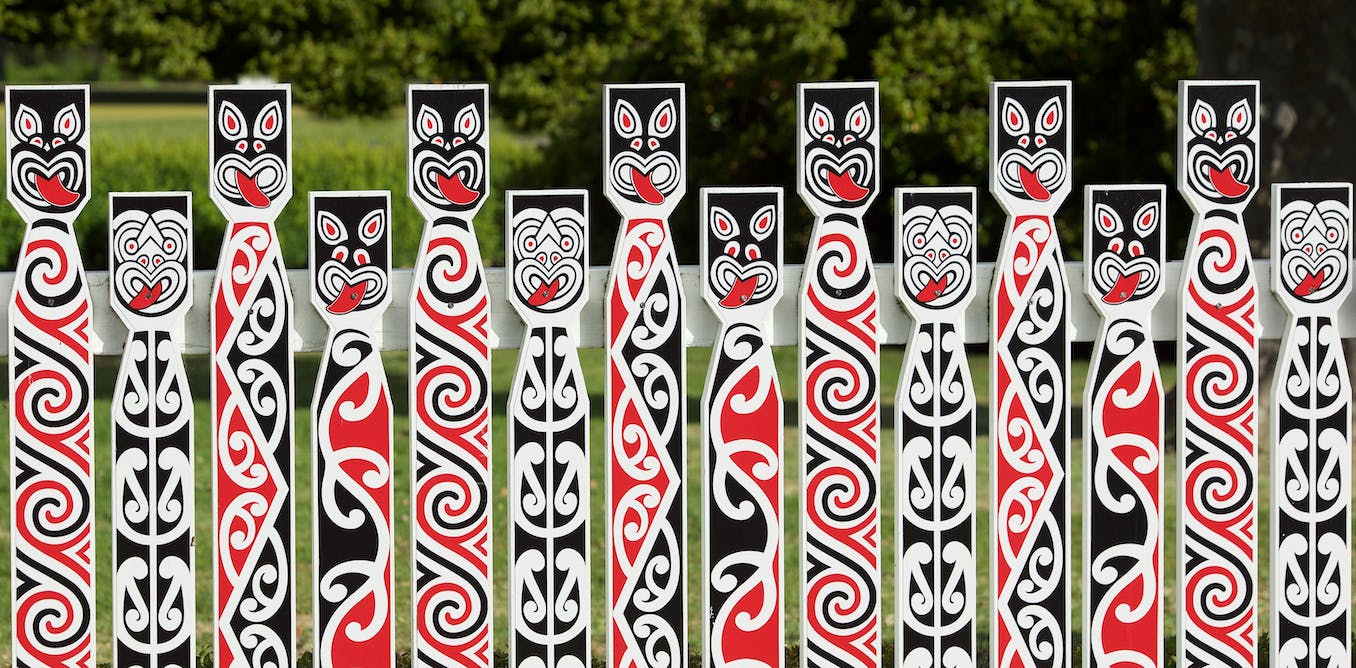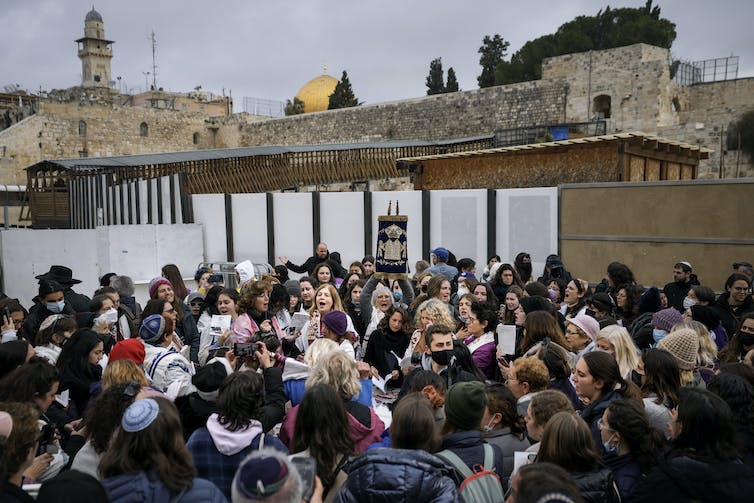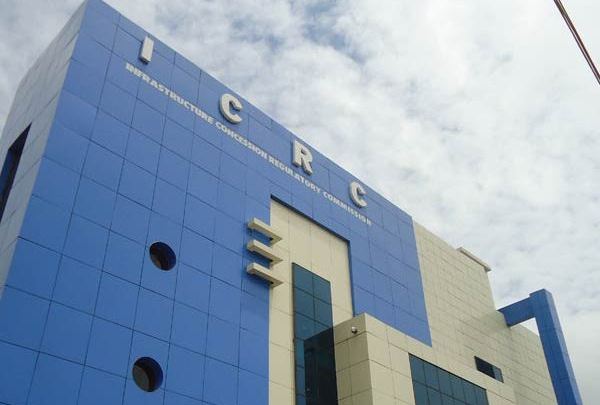As we approach another Waitangi Day, we should be thinking again about what Te Tiriti o Waitangi means.
As the late Moana Jackson commented, the meaning of Te Tiriti will be talked about in each generation because it is about a relationship between Māori and Pākehā and relationships must always be worked on. Here, we focus on the learning of te reo Māori by non-Māori in relation to Te Tiriti and the Māori concept of whakapapa in the hope of continuing the conversation and the relationship.
For full disclosure, we are married. Pania is Ngāti Porou and her father is a native speaker. Brian is Pākehā. We both learned te reo Māori as a second language as adults. We will come back to this later.
The learning of te reo Māori by non-Māori has become cool. Growing numbers of non-Māori are enrolled in te reo courses and there are many new resources to support their learning. It cannot be separated from Tiriti concerns and whakapapa.
Several authors have commented on this phenomenon of non-Māori enthusiasm for te reo Māori and Māori knowledge, highlighting the complex nature of the motivations involved.
Alison Jones, a Pākehā scholar in Indigenous education, notices how the demand by non-Māori to have te reo echoes the colonising demand to have Māori land.
Catherine Delahunty, a Pākehā activist in environmental and social justice, reminds non-Māori to “stay in our lane”, and warns that if we don’t, we effectively co-opt and attempt to control things that don’t belong to us.
Nicola Bright, a senior researcher of Tūhoe and Ngāti Awa descent at the New Zealand Council for Educational Research (NZCER), tells us Māori should benefit first from the revitalisation of te reo Māori.
Georgina Tuari Stewart, a scholar who explores the nexus between culture and education, alerts us to the need to accept the limits of our ability to know in relation to Māori knowledge.
In our own work, as academics focused on Indigenisation and decolonisation of education systems, we talk of New Zealand and Aotearoa as two different countries occupying the same land. Te Tiriti is about relations between these two countries.
Tokenism and te reo Māori: why some things just shouldn’t be translated
A whakapapa perspective on language
We see the learning of te reo Māori with a whakapapa lens. We refer to whakapapa as the emergence of new entities from their previous forms. Inherent in our understanding is an acceptance that entities have a natural right to have their whakapapa respected.
For most non-Māori, languages have been commodified and are available on demand. We liken this to having a language supermarket. Customers can buy various products “off the shelf” to allow them to learn any language they like.
These days, the supermarket is virtual and the products are digital apps. We see the dark irony in Māori having to shop for their own language in this supermarket.
Bilingual road signs in Aotearoa New Zealand would tell us where we are as a nation
In this commodified world, language is understood as a symbolic code that can be learned to express your thoughts. Learning a new language just means learning a new code. This is a distinctly colonising and capitalist view of language which cuts right across whakapapa, treating language as a disembodied entity, fixed through a vocabulary and a set of rules.
Viewed through whakapapa, a language is inherent in the worldviews and experiences of the people who emerge with it. Seen this way, languages cannot be separated from the people who speak them and who have inherited them from their ancestors.
Could non-Māori learning te reo be akin to colonisation?
The learning of te reo Māori, whether we like it or not, is already in the public domain. Anyone can learn it and we encourage everyone to do so. But if not done well and ethically, it could be another wave of colonisation.
If we go about learning te reo Māori as if it were a symbolic code or a commodified product that will provide certain (economic and self-investment) benefits, several things become apparent.
Since we learn a commodified version of te reo, we are not part of any processes of emergence alongside the people whose heritage te reo Māori is. This commodified form is in fact part of whakapapa for many non-Māori. It has emerged from our experiences and worldview and is a form of appropriation.
The taking of other people’s stuff and refashioning it for our purposes is indeed colonisation. But there is also great potential for growth as people and as a nation because learning a language can change you.
In whakapapa terms, the presence of te reo Māori in your life has become part of the emergence of the next versions of you and your descendants. The bottom line is to understand and respect whakapapa.
Learning to live with the ‘messy, complicated history’ of how Aotearoa New Zealand was colonised
Honouring te Tiriti
Non-Māori people must first acknowledge the right for te reo to emerge in the world along with the people whose own emergence is intimately entwined with it through whakapapa. That’s iwi Māori.
This is a difficult task because many non-Māori are so used to believing that, in theory at least, they can know and possess anything (if they want to and put in the effort). Respecting whakapapa then involves non-Māori in a necessary self-limitation which runs counter to their own cultural development in a capitalist, exploitative and predatory culture.
Non-Māori must figure out how to acquire te reo Māori without possessing it.
It might help to return to our idea of two countries overlapping in time and space – New Zealand and Aotearoa. Honouring Te Tiriti then asks those of us who live in New Zealand to honour what happens in another country, Aotearoa.
We would never say, for example, that we have claims over what happens in China, nor that because we speak Chinese we have some special insight or claim over China or Chinese people. Adopting a similar stance with respect to te reo Māori as the native language of Aotearoa will bring us closer to being able to respect its right to have natural emergence through whakapapa.
For us, even though we converse with each other every day in te reo Māori, one of us speaks Māori and the other doesn’t.




